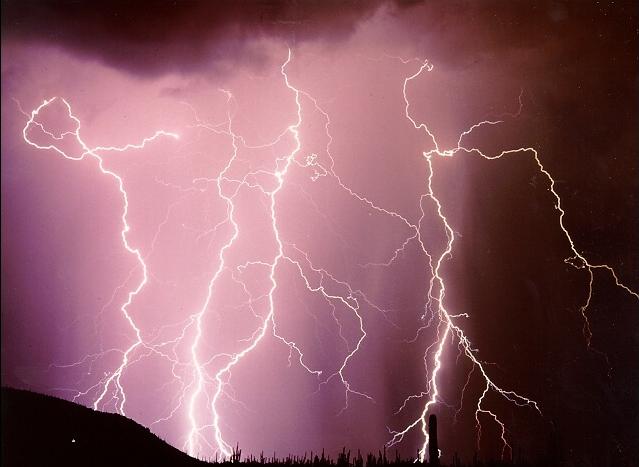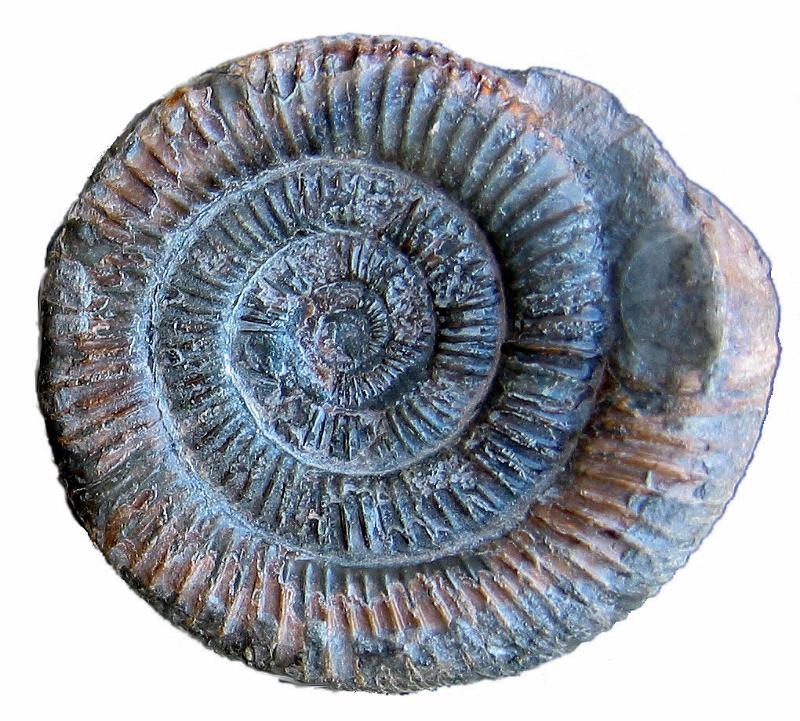I knew that these sort of treatments were popular. I had no idea exactly how popular. According to WebMD and a study by the Center for Disease Control's National Center for Health Statistics, Americans spend 11% of their health care budget on alternative medicine. This totals to around $34 billion. It's a lot of money going toward... what, exactly?
This is how Mayo Clinic defines it.
Complementary medicine is thought of as treatments used in addition to the conventional therapies your doctor may prescribe, such as using tai chi or massage in addition to prescription medicine for anxiety.Types of alternative medicine include acupuncture, homeopathy, chiropractic, herbal suppliments, and energy therapy, among others. The reason they are alternative forms of medicine is because there have been no conclusive studies to show they work. From Mayo Clinic again:
Alternative medicine is generally thought of as being used instead of conventional methods. For example, this might mean seeing a homeopath or naturopath instead of your regular doctor.
Conventional doctors have good reason to be skeptical when it comes to complementary and alternative medicine. Some complementary and alternative medicine practitioners make exaggerated claims about curing diseases, and some ask you to forgo treatment from your conventional doctor to use their unproven therapies. Some forms of complementary and alternative medicine can even hurt you.Medicine is one of the scientific fields most abused by advertising scams and false claims. Still, not all alternative medicine is bad. I personally went to a chiropractor for years... to realign my back, not to treat some other disorder. When looking into things like CAM services, be sure to check out the science behind them, so you know exactly what you're paying for.
Conventional medicine relies on methods proved to be safe and effective with carefully designed trials and research. But many complementary and alternative treatments lack solid research on which to base sound decisions. The dangers and possible benefits of many complementary and alternative treatments remain unproved.
Credit: WebMD- Americans Spend $34 Billion of Alternative Medicine
Mayo Clinic- Complementary and Alternative Medicine: What is it?



























 You can see a larger image
You can see a larger image 


















